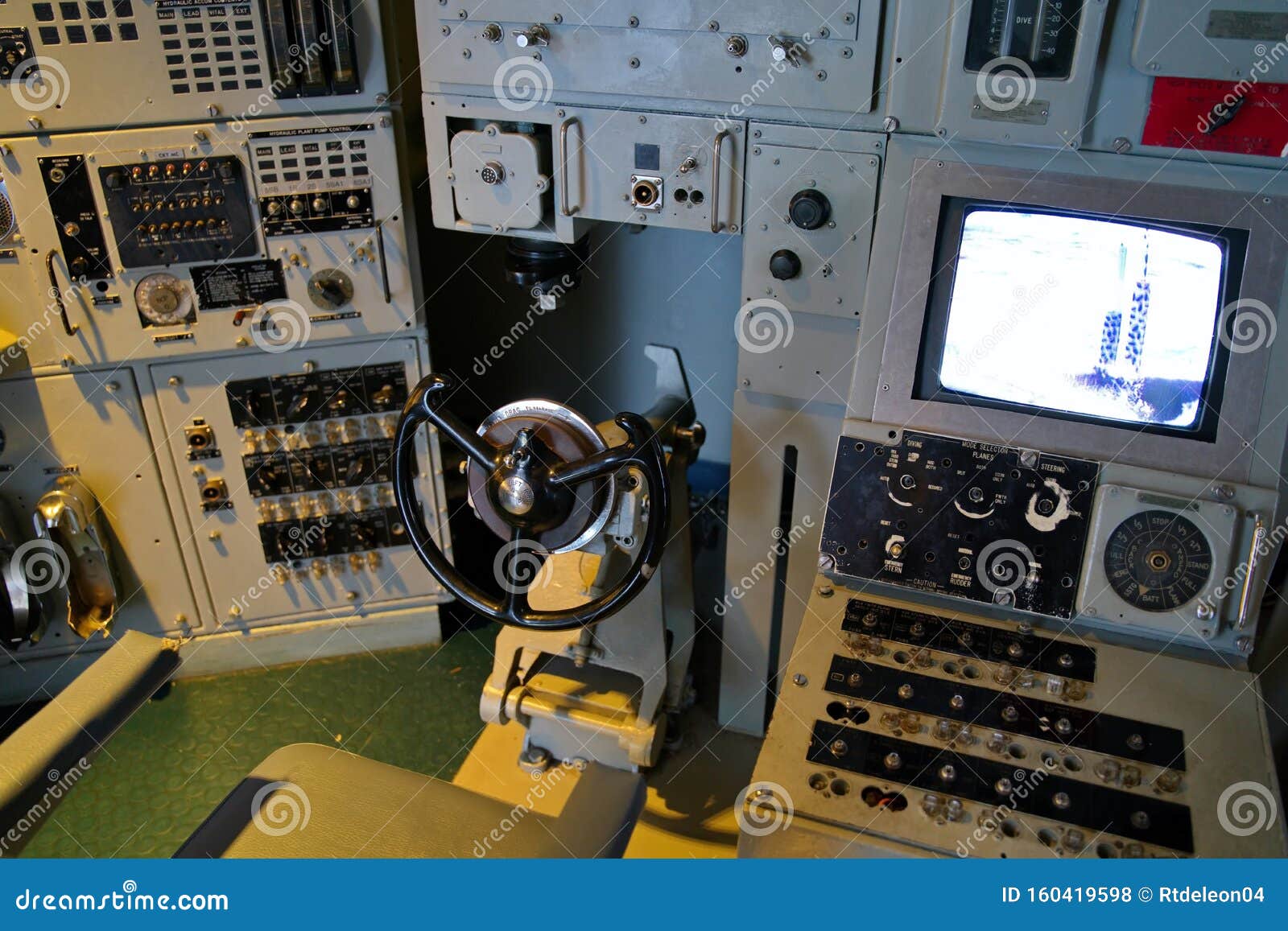

More than 83,000 documents, artifacts, and photographs within the Submarine Force Museum help reveal the history of submarine development.Īnd at the heart of the museum, on proud display, is the record-shattering USS Nautilus the world’s first nuclear-powered submarine. See how the Navy, along with local shipbuilders at Electric Boat, took on the challenge of submarine development and created the world’s most advanced and effective sea craft. The Submarine Force Museum traces the development of the “Silent Service” from experimentation during the revolutionary war to today’s Ohio and Virginia class submarines.
Connecticut submarine museum free#
Just a short drive from Downtown Mystic, this family-friendly museum is free of entry fees and a fun and educational stop during your next trip to Mystic. Located on the Thames River in Groton, Connecticut, The Submarine Force Museum maintains the world’s finest collection of submarine artifacts. There’s no substitute The Submarine Force Museum, home to the USS Nautilus, is the very best place to see this craftsmanship and heritage of the sea on proud display. Today that heritage is still honored and proudly carried on by the craftsmen of the modern submarine era. Mystic is part of a long maritime heritage that harkens back to colonial era shipbuilding. “The Submarine Capital of the World” has come a long way from its humble origins as a navy storage depot, established on this day in 1868.New England is forever connected to the vast Atlantic seas by trade and history. The base also features a free submarine museum open to the public, is the permanent home of the world’s first nuclear submarine, the U.S.S Nautilus. Today, Naval Submarine Base New London remains a bustling hub of activity, home to over a dozen active-duty attack submarines and neighbor to General Dynamics, the foremost builder of submarines for the U. The USS New Mexico sails past the New London’s iconic Ledge Light on its way up the Thames River to Naval Submarine Base New London.

On June 21, 1916, the navy yard was recommissioned as a the United States Navy’s first submarine base, complete with its own submarine flotilla and training school. As the United States increased the size and scope of its submarine force in response to aggressive German U-Boat attacks, Groton quickly emerged as an excellent strategic location for a dedicated submarine base: Its original purpose as a storage depot had just become obsolete, and the Connecticut coast offered an ideal launching point for excursions into hotly-contested North Atlantic waters. For nearly fifty years, the New London Navy Yard (technically located in Groton, across the river from its namesake) functioned as a storage area for inactive Navy ships and, around the turn of the century, as a coal depository and refueling station for Navy ships patrolling the coastal waters.Īs the Navy increasingly turned to oil instead of coal as a fuel source for its ships, the base narrowly escaped closure in 1912, only to find a renewed sense of purpose a few years later with the onset of World War I. Navy a 112-acre tract of land along the Thames River. In 1868, several towns in Southeastern Connecticut jumped at the chance to host a naval installation in their area, pooling their resources to offer the U. Today in Connecticut history, Naval Submarine Base New London - the home of the United States submarine force - was first established as a navy yard and storage depot.


 0 kommentar(er)
0 kommentar(er)
